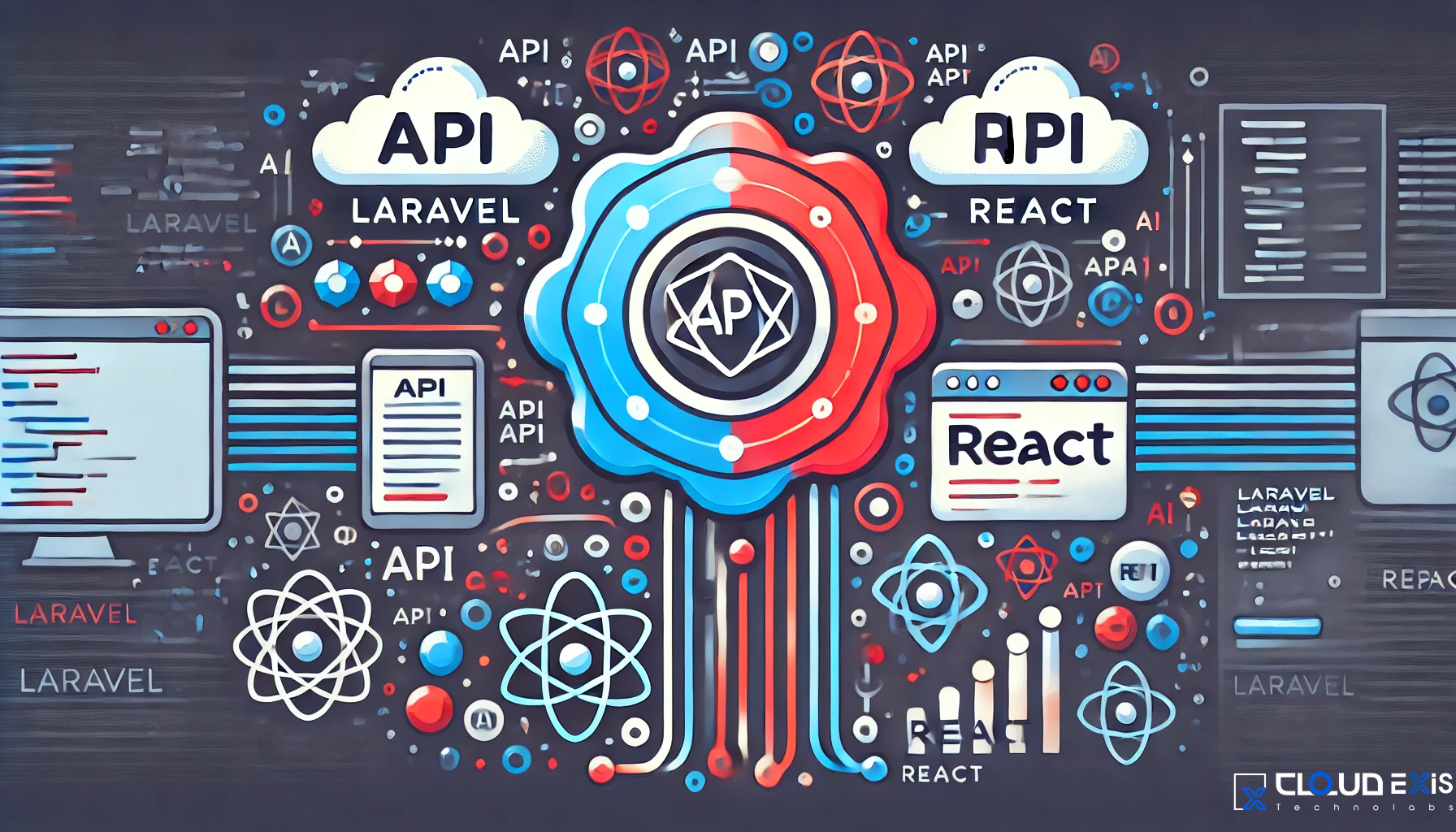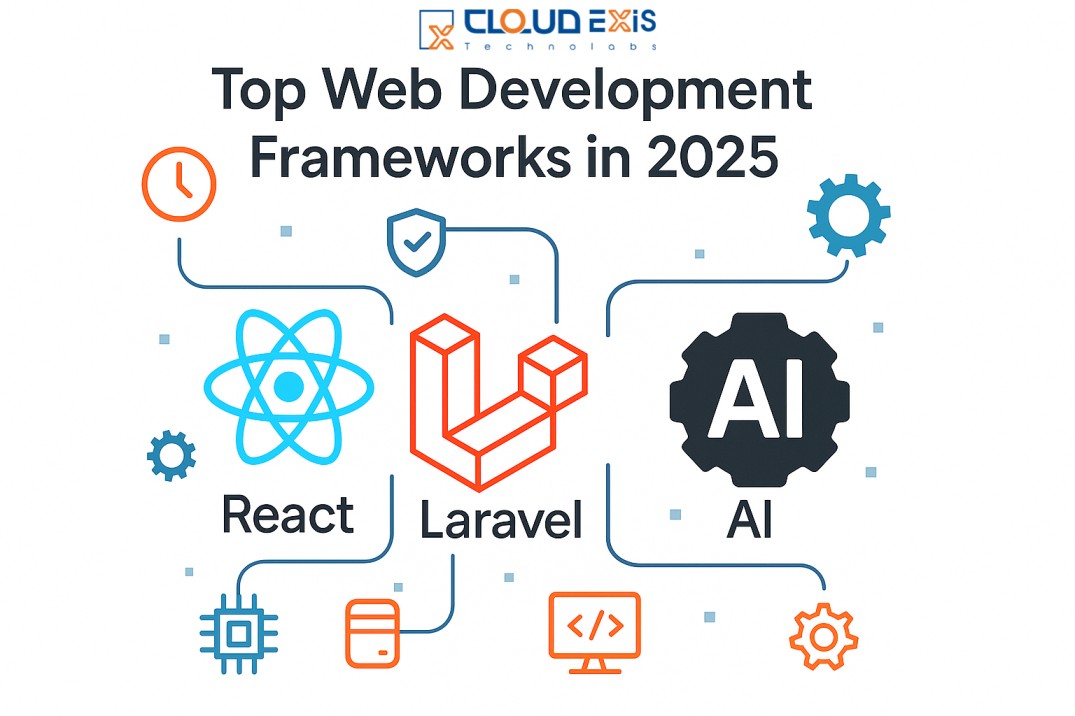Building Robust APIs for Seamless Front-End Integration
In today’s fast-paced digital world, the need for efficient applications is crucial. Therefore, API-driven development emphasizes creating robust APIs (Application Programming Interfaces). This approach not only facilitates seamless communication between back-end services and front-end frameworks but also enhances collaboration. Cloudexis Technolabs offers Laravel Development Services, making it an excellent choice for those looking to build effective APIs.
What is API-Driven Development?
To begin with, API-driven development focuses on creating a clear API that acts as a contract between the back-end and front-end. This method allows teams to work independently, which is essential. Importantly, changes in one part do not negatively affect the other. By building APIs first, developers can streamline integration, improve collaboration, and ultimately enhance user experience.
Why Choose Laravel for API Development?
- Elegant Syntax and MVC Architecture: Laravel’s elegant syntax and Model-View-Controller (MVC) architecture simplify the development process. As a result, the Laravel Application Development Cost remains competitive, enabling developers to create scalable and maintainable code efficiently.
- Built-in Features: Additionally, Laravel includes routing, middleware, and authentication. Therefore, you can focus on building your API without the burden of boilerplate code.
- Eloquent ORM: Furthermore, Laravel’s Eloquent ORM provides an intuitive Active Record implementation. This feature simplifies database interactions, allowing developers to retrieve and manipulate data quickly, which is crucial for creating dynamic APIs.
- API Resource Classes: Moreover, Laravel’s API Resource classes enable developers to transform models and collections into JSON responses effortlessly. This capability streamlines the process of formatting data for front-end consumption.
- Testing Support: Finally, Laravel offers robust testing support, allowing developers to write tests easily. Consequently, this ensures your API remains reliable and functional as your application evolves.
Integrating Laravel with Front-End Frameworks
1. Vue.js Integration
Vue.js is, in fact, a flexible JavaScript framework. Here’s how to integrate it with Laravel:
- Using Axios: Specifically, Axios is a promise-based HTTP client, perfect for making API requests from your Vue components. To get started, simply install Axios via npm and set it up globally in your Vue app to call your Laravel backend.
- State Management with Vuex: For larger applications, you might consider using Vuex for state management. This approach helps manage the application’s state centrally, making it easier to handle data retrieved from your Laravel API.
- Real-time Updates: Additionally, leverage Laravel Echo and Pusher to implement real-time features in your Vue.js applications. This enables your front end to receive live updates from your Laravel backend.
2. React Integration
React, without a doubt, is a powerful JavaScript library for building user interfaces. Here’s how to integrate it with Laravel:
- Fetch API or Axios: Similarly to Vue.js, you can use either the Fetch API or Axios to make HTTP requests to your Laravel API. Setting up Axios in a React project is straightforward, allowing for efficient data fetching.
- State Management with Redux: For complex applications, consider using Redux for state management. This library provides a centralized store for your application state, making it easier to share data across components.
- GraphQL Option: If you’re looking for more flexibility, you might also consider using GraphQL with Laravel. Packages like Laravel GraphQL allow you to define a single endpoint that can serve various data requirements, providing more control over the data retrieved by your React components.
Best Practices for API Development in Laravel
- Version Your API: First and foremost, always version your API (e.g., /api/v1/) to maintain backward compatibility as you update your application.
- Use Resourceful Routing: Additionally, follow RESTful conventions by using resourceful routes for your API endpoints. This practice makes it easier for front-end developers to understand and consume the API.
- Implement Authentication: Moreover, secure your API with token-based authentication (e.g., Laravel Passport or Sanctum) to ensure that only authorized users can access your resources.
- Optimize Performance: Furthermore, use caching strategies and pagination to improve the performance of your API, especially when dealing with large datasets.
- Documentation: Finally, maintain clear and concise documentation for your API using tools like Swagger or Laravel’s built-in API documentation features. This helps front-end developers understand how to interact with your API effectively.
Additional Laravel Services from Cloudexis Technolabs
- Hire Laravel Developer: When you need API expertise, hiring a skilled Laravel developer from Cloudexis Technolabs can streamline your project significantly.
- Buy Laravel Admin Template: Additionally, consider purchasing Laravel admin templates through our services for a quicker start on your projects.
- Laravel E-commerce Package: For those looking to build e-commerce solutions, leveraging Laravel e-commerce packages can save time and enhance functionality.
- Purchase Laravel Themes: By buying Laravel themes from Cloudexis Technolabs, you can ensure a professional look and feel for your application.
- Install Laravel Plugin: To extend your application’s capabilities, look into installing various Laravel plugins available through our platform that can easily add new features.
- Laravel Maintenance Services: Once your application is up and running, consider our ongoing Laravel maintenance services to keep everything functioning smoothly.
Conclusion
In conclusion, API-driven development with Laravel provides a powerful framework for building robust APIs that integrate seamlessly with front-end frameworks like Vue.js and React. By following best practices and leveraging Laravel’s rich set of features, developers at Cloudexis Technolabs can create efficient, maintainable, and scalable applications. Thus, embrace this approach with us, and watch your development process transform into a more collaborative and streamlined endeavor!






